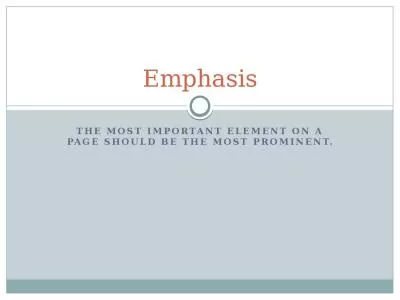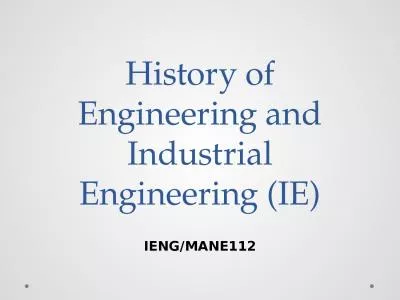PDF-Why the Engineering and Design Phase is the Most Important Step to Part Production
Author : plasticinjectionmolding | Published Date : 2021-12-15
The journey of a plastic injection molded part transforming from the spark of an idea into a physical product begins long before a mold is filled with resin Visit
Presentation Embed Code
Download Presentation
Download Presentation The PPT/PDF document "Why the Engineering and Design Phase is ..." is the property of its rightful owner. Permission is granted to download and print the materials on this website for personal, non-commercial use only, and to display it on your personal computer provided you do not modify the materials and that you retain all copyright notices contained in the materials. By downloading content from our website, you accept the terms of this agreement.
Why the Engineering and Design Phase is the Most Important Step to Part Production: Transcript
Download Rules Of Document
"Why the Engineering and Design Phase is the Most Important Step to Part Production"The content belongs to its owner. You may download and print it for personal use, without modification, and keep all copyright notices. By downloading, you agree to these terms.
Related Documents

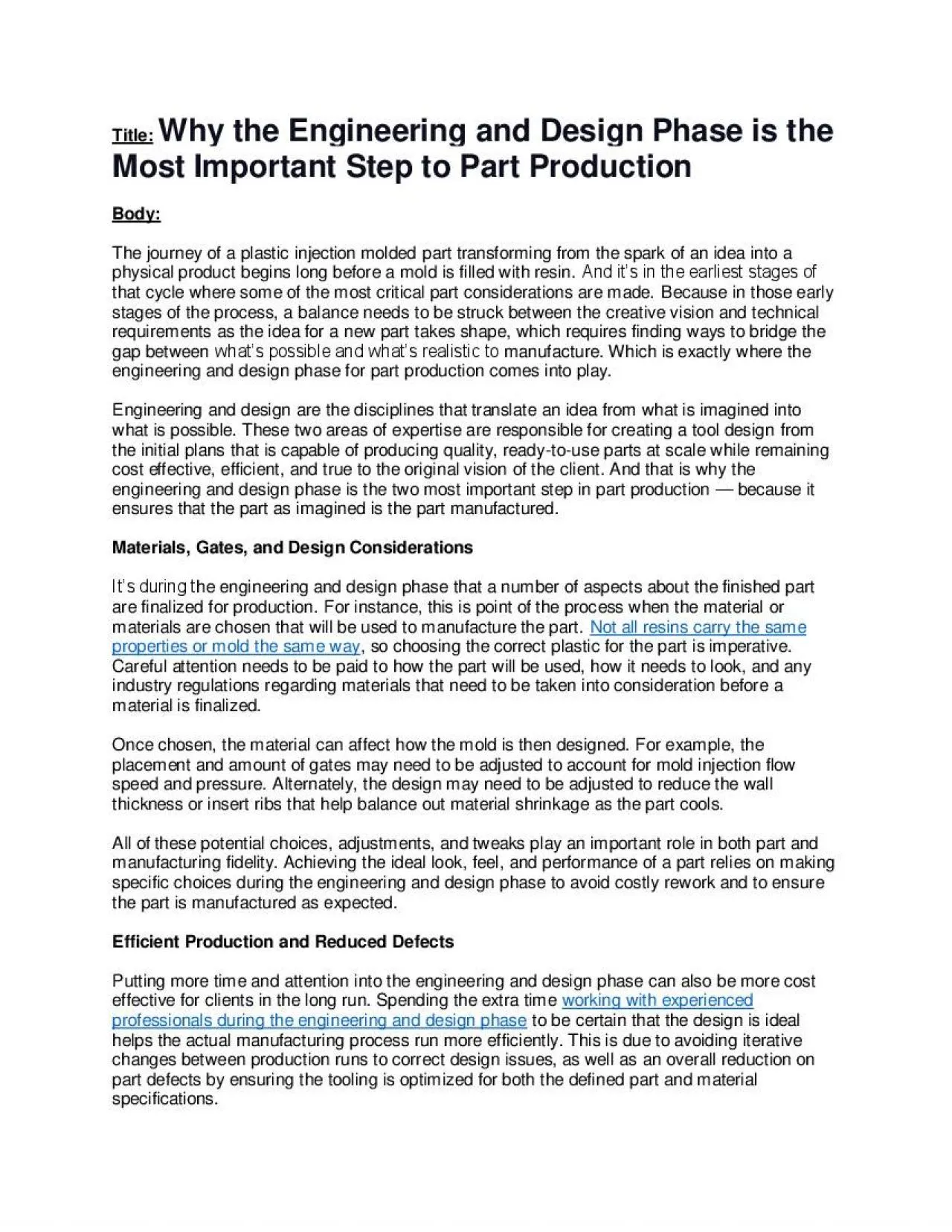
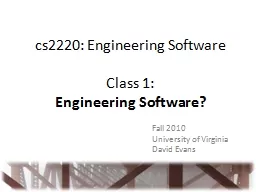
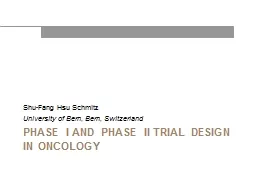
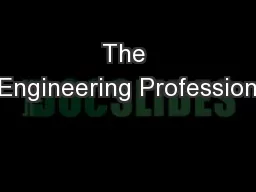
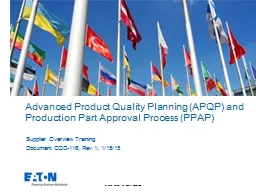
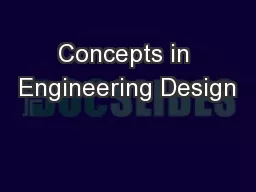
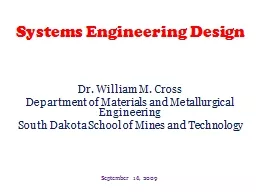
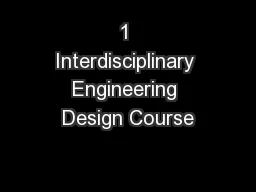
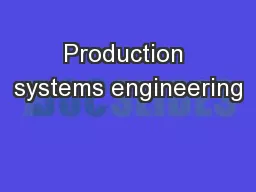
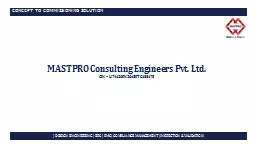
![[READ] - Thrive in Law School!: A Friendly Guide to the Most Important Educational Experience](https://thumbs.docslides.com/903253/read-thrive-in-law-school-a-friendly-guide-to-the-most-important-educational-experience-of-your-life.jpg)
